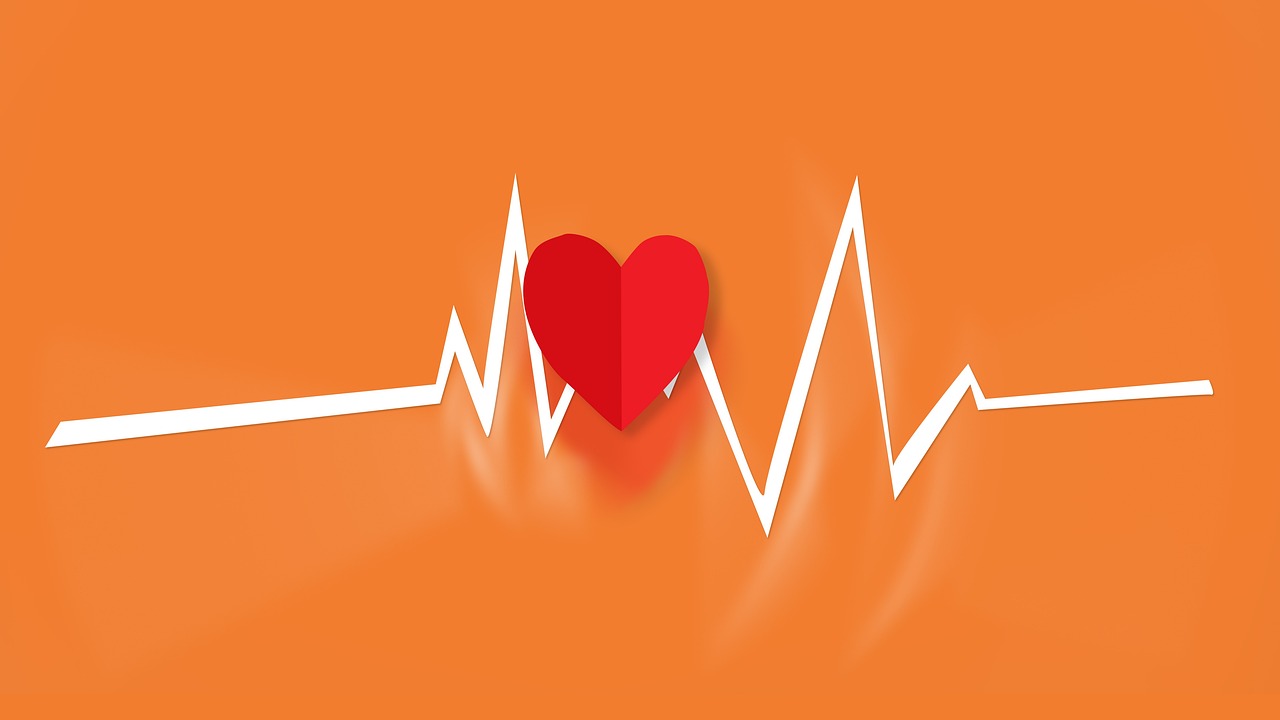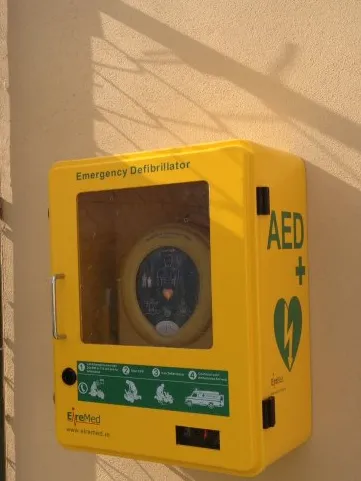How fast can your Club react?
The importance of training and readiness for a heart emergency at your Club.

Brendan Farrell
Contributor

The local sports club is the heartbeat of every town and village in the country. Plus, the people are the heartbeat of any club. So are we doing enough to protect that heartbeat?
This is the first in a series of blog posts by ClubZap in relation to awareness of heart health in local sports clubs, the level of training given and how to improve awareness.
There are striking outcomes from our research in this area that tell the story that we’re not where we want to be when it comes to responding to heart health emergencies.
 A Defibrillator
A Defibrillator
We conducted separate surveys of:
- Club Administrators
- Members & Supporters
Based on the results, we have designed a fitness health checker which we would advise you to fill out and share with your members.
Current State Of Play
Here are the most notable findings from our surveys:
From Club responses
- 86% of clubs we surveyed have a debibrillator.
- 41% of clubs have no health and safety procedure.
- 24% of clubs have no representative in charge of health and safety.
- 11 respondents have said their club defibrillator has needed to be used in the past. Out of 78 responses this is obviously concerning.
- 58% of clubs have said that there is either nowhere that members can find out who is trained to use defibrillators or that they don’t know if members can find this information.

From Member responses
- 173 people (45%) said that their club does not have a defibrillator or that they don’t know if it does.
- 55% have said that they have no idea who to contact, in their club, in an emergency.
- 3 in 10 people have received training on how to use a difibrillator. This is obviously not a priority in terms of day-to-day operations but we believe every attempt should be made to have training sessions for members.
- 21 people have been in a situation where a defibrillator has needed to be used.
- 75% of club members say that they don’t know what to do in an emergency.
- Finally, 330 people have stated that they have a confidence level of 5 or lower out of 10 when it comes to taking charge in an emergency. This lack of confidence is prevalent even with people who have been adequately trained and have attended refresher training courses. It suggests that people are afraid of taking charge in a situation and would much rather have somebody else take the reins.
There are lots of things we can use here in terms of gaps in training and raising awareness.
What Can We Do?
A friend of mine once said it was one of the skills she was most grateful for when she encountered a cardiac arrest a few years ago. It was literally the difference between life and death. I hope you never have to use it, but know how to use it and protect heart health. Push yourself and your club to get trained up.
What did we want to achieve from the campaign and why?
We undertook this campaign because we started noticing from conversations that club members didn’t know how to react in the event of someone needing cardiac help or going into cardiac arrest. While many clubs have defibrillators and good training in place, we thought it would be very useful for clubs to be more aware of this and do what they need to do.
We have also created some very interesting videos around this area. We had a very interesting discussion with Doctor Robert Kelly, who is a cardiologist in the Beacon Hospital and Martin Conlon, who is a Health and Safety Officer at Shannon Airport.
Thanks a million to everyone who contributed to this campaign.
#defibaware